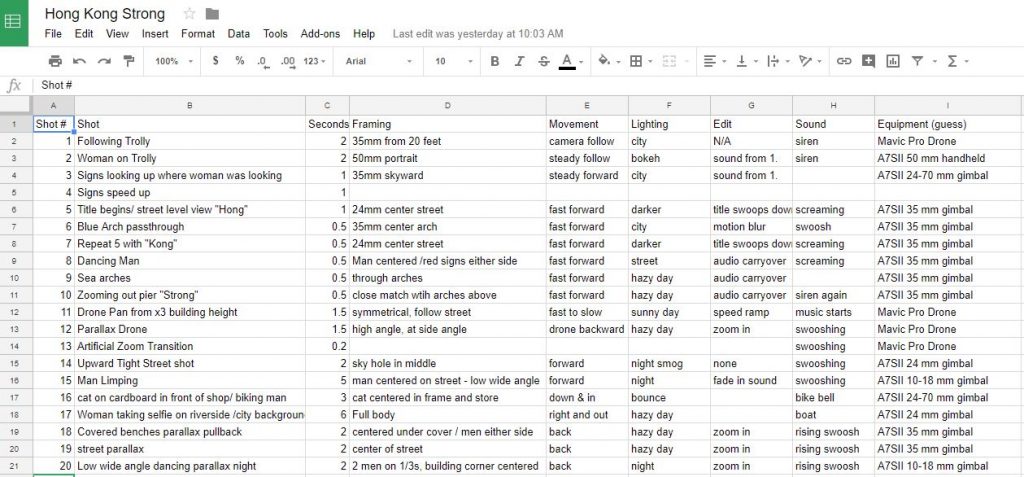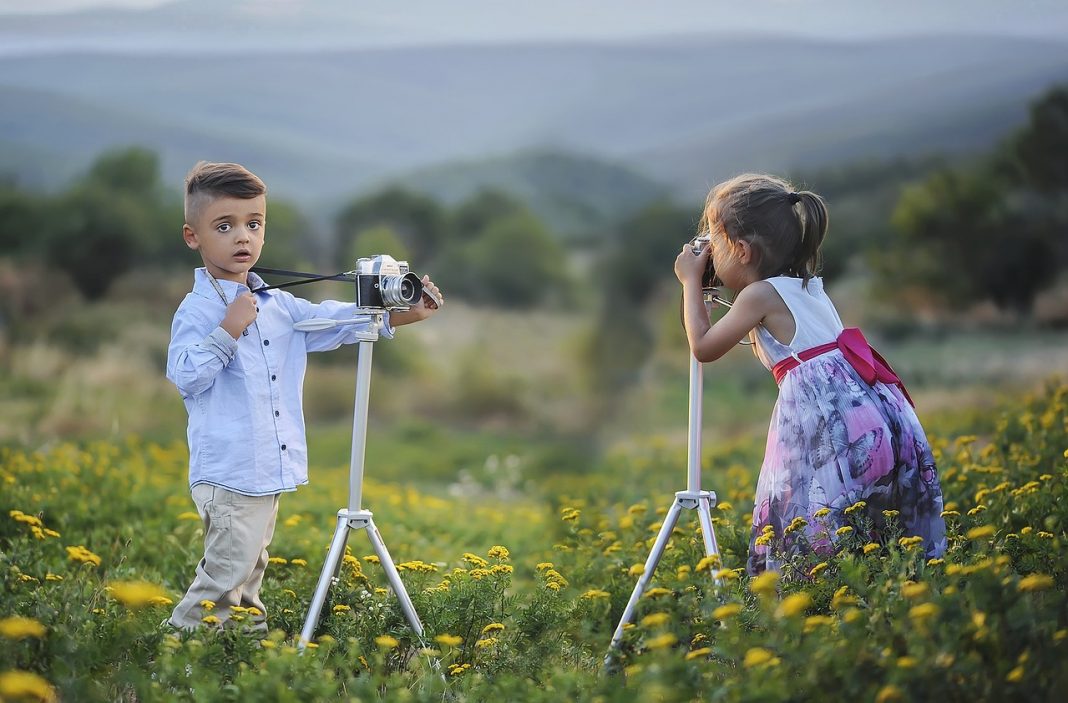Course Goal: Produce an outstanding anthropological video short. This can be a short documentary, story, video essay, or experimental film
What makes it “anthropological”? Your final project will include anthropological research (fieldwork, participant observation, conversation analysis, discourse analysis, the comparative method, and/or other forms of anthropological methods) and use the anthropological perspective (seeing your own seeing, seeing big, seeing small, seeing it all) to analyze the material, have an “aha!” moment, and express your insights.
What makes it “outstanding”? For Thursday, submit your favorite video on Canvas. We will break down the videos in class and collectively decide what makes a video short “outstanding.” Here is my pick:
How will we get there? Together. Encourage each other when times get hard. Push each other when its time to push. Cultivate a culture of support and excellence.
Blobs and Lines Ice-breaker
How will we get there? (Part 2) Practice. Here is what I put together yesterday as part of my daily practice:
15 weeks & 15 challenges. Each week you will have a challenge to practice your way toward an outstanding final project. The challenges are setup so that as soon as you have a final project idea you can start producing material for the challenges that should also work for your final project. The 15 challenges are as follows:
- Reverse Engineering: Reverse engineer your favorite video shot by shot.
- Boring Room Challenge: Tell a simple visual story using only what is in your room.
- Very Short Story: Write up your project as a story in a single paragraph.
- Found Footage Trailer: Add Videoblocks to your very simple story.
- Light Story: Use the light to take 10 beautiful moving shots for your story.
- Composing Context: Frame 10 beautiful moving shots for your story.
- Color Feelings: Create a final color-graded setting sequence using shots from above.
- Pro Interviews: Teams of 3 using 3-point lighting.
- Run & Gun: Solo interviews on the street / in public.
- 48 Hour Film Festival
- Trailer: Create a trailer for your final project.
- Storyboard: Create a storyboard for your final video and a shot list.
- First “Final” Draft: Full project complete and ready to be destroyed.
- Second “Final” Draft” Full project revised and ready to be destroyed again.
- Final Final Draft.
How will we get there? (Part 3) Learn from others. I have put together a playlist for each week featuring some of the best teachers on YouTube. We will watch some of these in class. The rest are recommended. The more you watch, the more you learn.
A few of the best teachers on YouTube:
Our Gear: Canon 70D + 10-18mm, 28mm, 50mm, and 18-55mm lenses.
Coming soon …
Challenge 1: Reverse Engineering
Take your favorite video and analyze the first 100 shots, noticing everything you would need to re-create the video yourself. Include the following:
- Shot description
- Duration of shot
- Composition: Tight or wide shot, angle, symmetry, focus
- Movement
- Lighting (including position of sun, weather, artificial lights)
- Edit Effects
- Sound
- Guess at exactly what equipment was used and where/how it was set up.
Here is an example of an analysis of the first 20 shots of Hong Kong Strong.




